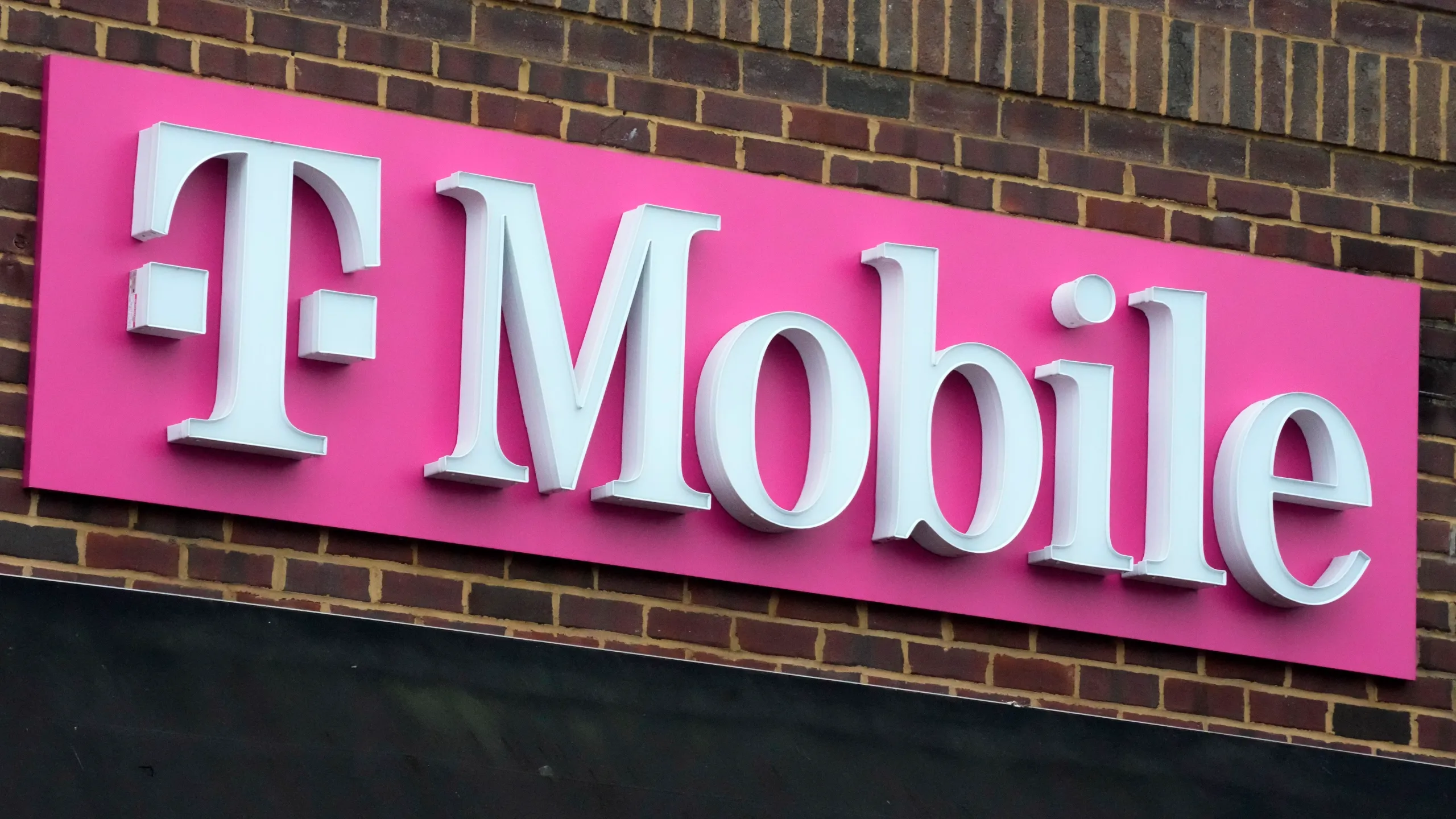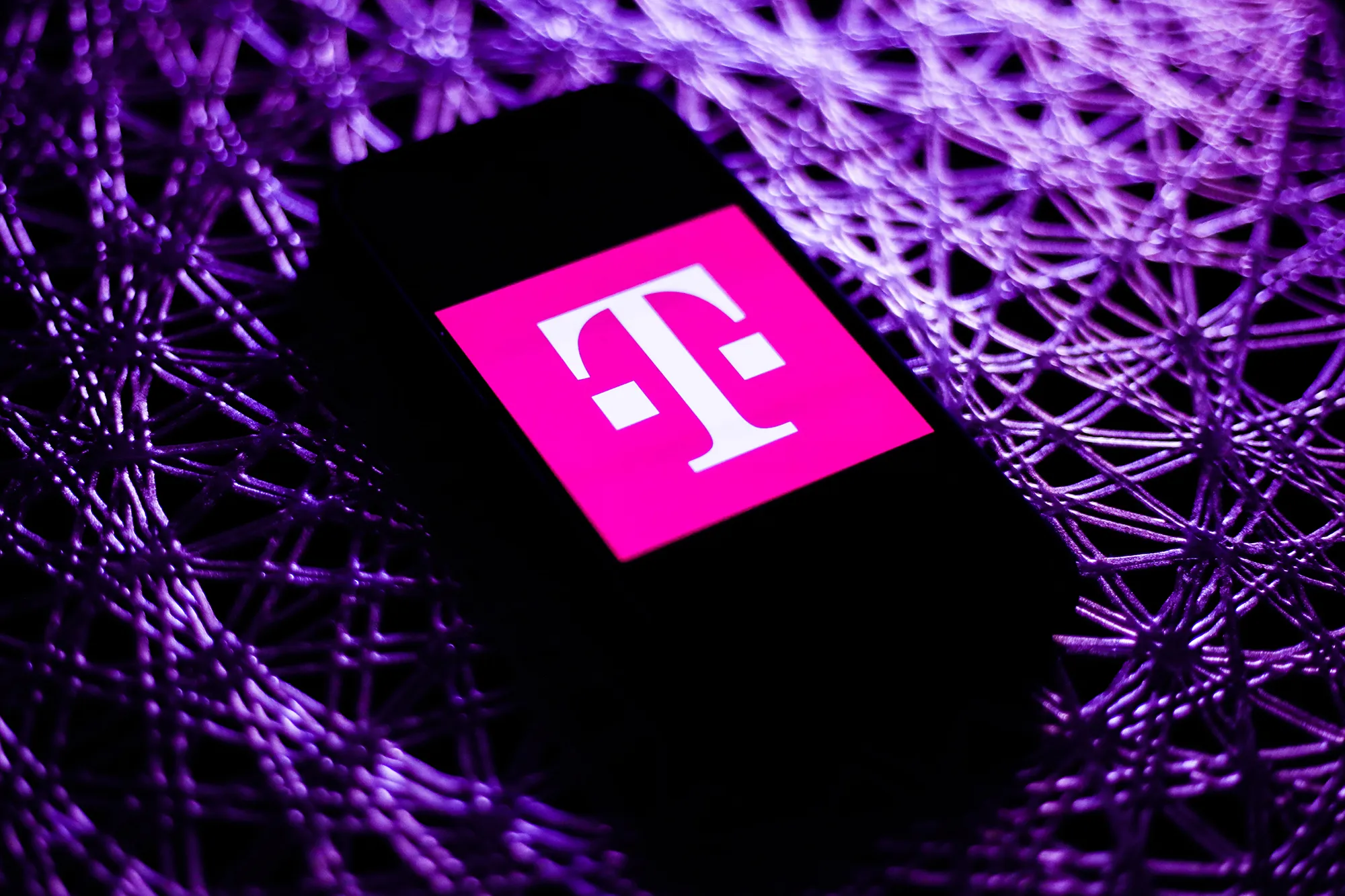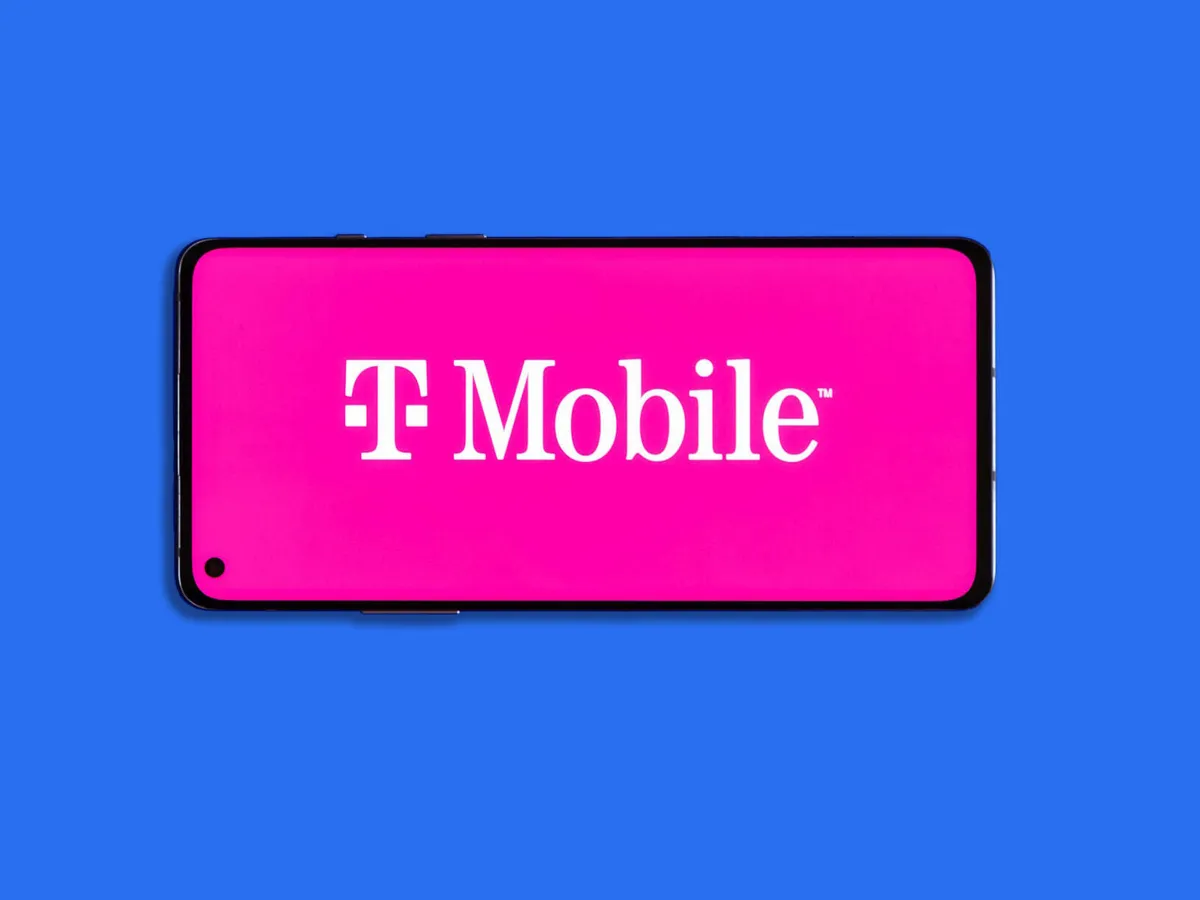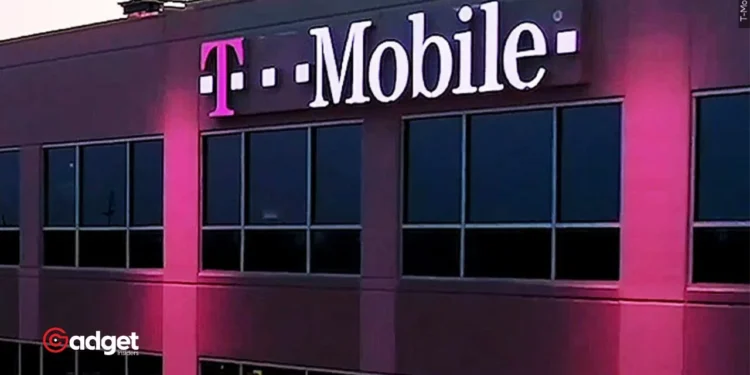In a significant shift from its previous stance, T-Mobile is set to raise the prices on some of its older mobile plans, marking an end to years of steady rates. Jon Freier, President of T-Mobile’s consumer group, revealed in a memo to employees that the company will begin notifying affected customers of the upcoming changes, slated to start with the June or July billing cycles. This move, designed to keep pace with rising inflation and operational costs, represents the first rate hike for these plans in nearly a decade.

While the specific plans subject to the increase were not listed in the memo, it was made clear that T-Mobile’s latest Go5G series and those covered under the company’s Price Lock guarantee would not see any price adjustments. This guarantee is part of T-Mobile’s commitment to providing consistent pricing for “millions of customers.”
A Narrow Scope but a Clear Shift
The memo outlines that only a “small portion” of T-Mobile’s customer base will experience the rate increases. Interestingly, those with complimentary lines from past promotions will not see any changes in their billing, maintaining some respite for a segment of users. The decision to raise prices reflects a broader industry trend and comes after a similar attempt last year to transition customers to newer, more expensive plans—a move that was met with considerable customer pushback.

Strategic Moves in a Competitive Landscape
Company’s decision comes at a time when the telecommunications industry is witnessing a gradual shift in pricing strategies, influenced by several factors including mergers and acquisitions. The end of a legally mandated price freeze following T-Mobile’s merger with Sprint in 2020 has opened the door to new pricing strategies. The Go5G plan series—Go5G, Go5G Plus, and Go5G Next—introduced in the post-merger era, feature enhanced services but also come with higher price tags.

In light of these changes, customers still inclined towards the older or less expensive plans must navigate company’s website or directly engage with customer support to find available options like Magenta, Magenta Max, and Essentials. These plans, while still accessible, are not prominently displayed, signaling a strategic push towards more lucrative offerings.
Global Perspective on Pricing Trends
According to a report by Finland-based Rewheel, a notable shift has occurred in the US wireless market post the T-Mobile/Sprint merger, now ranking as one of the most expensive globally. This aligns with T-Mobile’s latest pricing strategy and mirrors actions taken by other major players in the industry. For instance, AT&T and Verizon have also implemented several rate hikes across various plans over the past two years, with Verizon’s recent adjustments targeting its older 5G plans.

The increasing frequency of these price adjustments across the board indicates a move towards more expensive, but ostensibly more feature-rich wireless plans. This strategy, while potentially enhancing service quality, also raises concerns about market affordability and consumer choice, positioning T-Mobile and its competitors at a pivotal junction in market dynamics.
T-Mobile’s Pricing Shift: Balancing Operations and Retention
As T-Mobile embarks on this new pricing strategy, the challenge will be balancing operational needs with customer retention, especially in a market that is becoming increasingly competitive and price-sensitive. With the company’s historical commitment to price stability now evolving, it remains to be seen how consumers will respond to these changes.










